
As a lighting contractor, understanding the intricacies of light poles is essential for delivering quality installations and ensuring client satisfaction. Light poles are not merely functional structures; they are integral components of urban design, safety, and energy efficiency. This article delves into various aspects of light poles that every lighting contractor should be well-versed in, from types and materials to installation best practices and maintenance considerations.
Light poles come in various types, each suited for specific applications and environments. Understanding these types helps contractors make informed decisions when selecting poles for their projects.
Steel light poles are among the most commonly used due to their durability and strength. They can withstand harsh weather conditions, making them ideal for outdoor lighting in urban areas. Additionally, steel poles can be galvanized or coated to prevent rust and corrosion, extending their lifespan significantly.
Contractors should consider the weight and height of steel poles, as these factors can influence the installation process and the type of lighting fixtures that can be mounted. Furthermore, steel poles offer a variety of design options, allowing for customization to match the aesthetic of the surrounding environment. For instance, decorative steel poles can enhance the visual appeal of parks and pedestrian areas, while functional designs are perfect for industrial settings. The versatility of steel also means that they can be manufactured in various heights and diameters, accommodating different lighting needs and ensuring optimal illumination.
Aluminum light poles are lightweight and resistant to corrosion, making them an excellent choice for coastal areas or regions with high humidity. They are easy to install and transport, which can save time and labor costs during projects.
However, while aluminum poles are less robust than their steel counterparts, they can still support a range of lighting fixtures. Contractors should assess the specific needs of their projects to determine if aluminum poles are a suitable option. Additionally, aluminum poles can be anodized or painted in various colors, providing an opportunity for branding or thematic consistency in public spaces. Their lightweight nature also allows for innovative designs, such as tapered shapes that can enhance the overall aesthetics of a lighting installation, making them a popular choice for modern architectural projects.
Concrete light poles offer unmatched stability and strength, making them ideal for high-traffic areas or locations prone to high winds. These poles are often used in highway lighting and large parking lots.
One drawback is that concrete poles can be more challenging to install due to their weight. Contractors must ensure that they have the proper equipment and manpower to handle these heavy structures. Additionally, concrete poles can be designed to blend with the environment, providing aesthetic benefits alongside their functional advantages. For example, decorative concrete poles can be textured or colored to mimic natural stone, enhancing the landscape of parks and recreational areas. Moreover, concrete’s inherent thermal mass can help in energy efficiency by reducing the heat generated by lighting fixtures, making them an environmentally friendly option. As urban planning continues to evolve, the use of concrete poles is likely to expand, especially in projects that prioritize durability and sustainability.
The material of a light pole significantly impacts its durability, maintenance needs, and overall performance. Understanding the available materials and coatings is crucial for lighting contractors.
Corrosion resistance is a critical factor when selecting light poles, especially in environments exposed to moisture and salt. Galvanization is a popular method for steel poles, where a protective zinc coating is applied to prevent rust. Similarly, aluminum poles naturally resist corrosion, but additional coatings can enhance their longevity. In coastal areas, where saltwater can accelerate corrosion, selecting poles with enhanced protective measures is essential to ensure long-term performance.
Contractors should evaluate the environmental conditions of the installation site to choose the most suitable material and coating. This consideration can lead to reduced maintenance costs and extended service life for the lighting infrastructure. Additionally, understanding the local climate can guide the choice of materials; for instance, poles in regions with heavy snowfall may require different structural considerations compared to those in dry, arid climates. By taking such factors into account, contractors can provide solutions that not only meet functional requirements but also withstand the test of time.
Aside from functionality, the aesthetic appeal of light poles can greatly influence the overall look of a space. Light poles are available in various finishes, including powder coating, which provides a durable and attractive surface. Custom colors and designs can also be applied to match the surrounding architecture. The choice of finish can also affect the light pole’s ability to blend into its environment or stand out as a design feature, depending on the project’s goals.
Contractors should work closely with clients to understand their design preferences and ensure that the selected light poles enhance the visual appeal of the project. This collaboration can lead to increased client satisfaction and potentially more referrals. Furthermore, the integration of smart technology into light poles, such as LED lighting and smart sensors, can not only improve energy efficiency but also add a modern touch to the design. As urban landscapes continue to evolve, the combination of aesthetic considerations with innovative technology will be key in creating functional and visually appealing lighting solutions that meet the needs of contemporary spaces.
Proper installation of light poles is crucial for ensuring safety, functionality, and longevity. Lighting contractors should adhere to best practices throughout the installation process.
Before installation, a thorough site assessment is essential. This evaluation should include soil conditions, existing infrastructure, and environmental factors such as wind patterns and potential obstructions. Understanding these elements will help contractors determine the appropriate height and placement of light poles.
Additionally, contractors should consider the electrical requirements and accessibility for maintenance. A well-planned installation can prevent future issues and ensure compliance with local regulations. Factors such as the proximity to power sources and the potential for future landscaping changes should also be taken into account. By anticipating these variables, contractors can design a lighting system that not only meets current needs but is also adaptable for future developments.
The foundation of a light pole is critical for its stability and performance. Contractors must ensure that the foundation is deep enough to support the pole’s height and weight, especially in areas with high winds or heavy traffic.
Using concrete footings is a common practice, and contractors should follow local codes and guidelines for foundation depth and width. Properly anchoring the pole will minimize the risk of tipping or damage during severe weather conditions. Furthermore, the use of reinforcement bars or mesh within the concrete can enhance the structural integrity of the foundation, providing additional resistance against lateral forces. Regular inspections of the foundation after installation can also help identify any potential settling or shifting that may occur over time, allowing for timely adjustments and maintenance.
Regular maintenance is vital for the longevity of light poles and the effectiveness of the lighting they provide. Lighting contractors should educate their clients on the importance of ongoing maintenance.
Conducting routine inspections can help identify potential issues before they become significant problems. Contractors should recommend a schedule for inspecting light poles, focusing on areas such as electrical connections, structural integrity, and the condition of the pole’s finish.
During inspections, any signs of corrosion, damage, or wear should be documented, and necessary repairs should be made promptly. This proactive approach can extend the life of the light poles and enhance safety for the public.
Additionally, it is beneficial to incorporate advanced technologies such as thermal imaging and drones into the inspection process. These tools can provide a more comprehensive assessment of hard-to-reach areas and detect electrical faults that may not be visible to the naked eye. By leveraging these technologies, contractors can ensure a more thorough inspection, ultimately leading to improved reliability and reduced maintenance costs over time.
Keeping light poles clean is essential for maintaining their appearance and functionality. Dirt, grime, and other debris can accumulate over time, affecting the light output and overall aesthetics.
Contractors should advise clients on appropriate cleaning methods and products to use, ensuring that they do not damage the pole’s finish. Regular cleaning can enhance the lifespan of the poles and maintain a professional look for the lighting installation.
Moreover, seasonal cleaning schedules can be particularly effective, as they can coincide with changes in weather conditions that may lead to increased dirt accumulation, such as autumn leaves or winter snow. Implementing a seasonal maintenance plan not only keeps the poles looking pristine but also allows for a more strategic approach to addressing any environmental factors that could impact the lighting system’s performance. By fostering a routine that includes both cleaning and inspection, clients can be assured of optimal lighting conditions throughout the year.
In conclusion, light poles are a fundamental aspect of lighting installations that every contractor should understand. From selecting the right type and material to ensuring proper installation and maintenance, knowledge of light poles can significantly impact the success of a project.
By staying informed about the latest trends and best practices in light pole technology and installation, lighting contractors can enhance their services and provide clients with reliable, aesthetically pleasing lighting solutions. Ultimately, a well-executed lighting project not only illuminates spaces but also contributes to safety, security, and the overall quality of life in the community.
Ready to elevate your lighting installations with premium-quality light poles at unbeatable prices? Look no further than LumenWholesale. We specialize in providing spec-grade lighting products that meet the highest industry standards, ensuring your projects shine with reliability and performance. Say goodbye to inflated markups and hello to hassle-free bulk buying with free shipping. Don’t compromise on quality or value—choose LumenWholesale for the perfect blend of affordability and convenience. Wholesale Lighting at the Best Value is just a click away. Enhance your service offerings and delight your clients with LumenWholesale today.
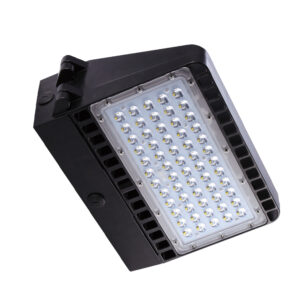
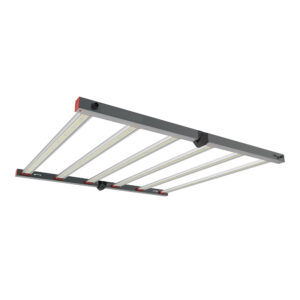
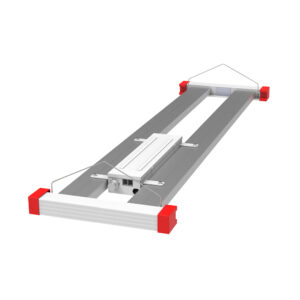
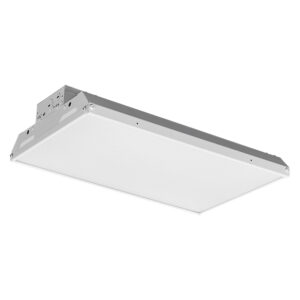
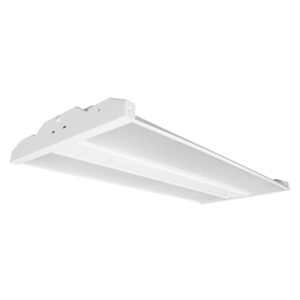
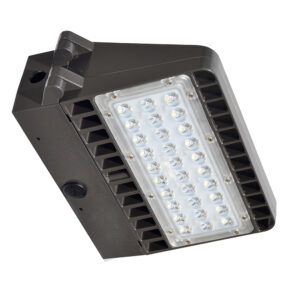

Discover the pitfalls lighting contractors often encounter with industrial LED lighting solutions.
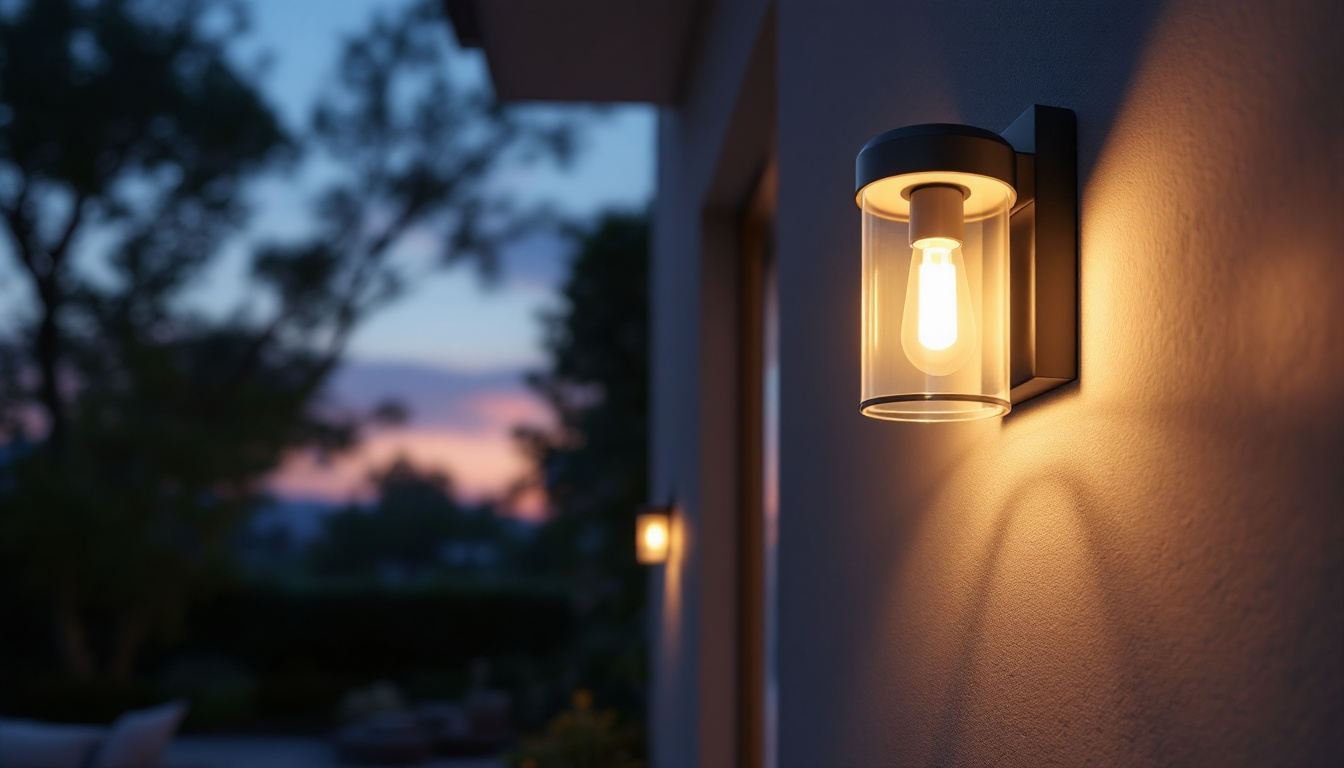
Discover the essential guide for lighting contractors on exterior light fixtures.

Discover how choosing the best warehouse lighting can enhance efficiency, safety, and productivity.

Discover why purchasing bollard lights in bulk from local distributors might not be the best choice.
Get notified when NEW deals are released.
Optimize your budget with wholesale discounts.
Only top-quality, specification-grade lighting products.
No additional costs at checkout - what you see is what you pay.
We understand the unique needs of contractors.